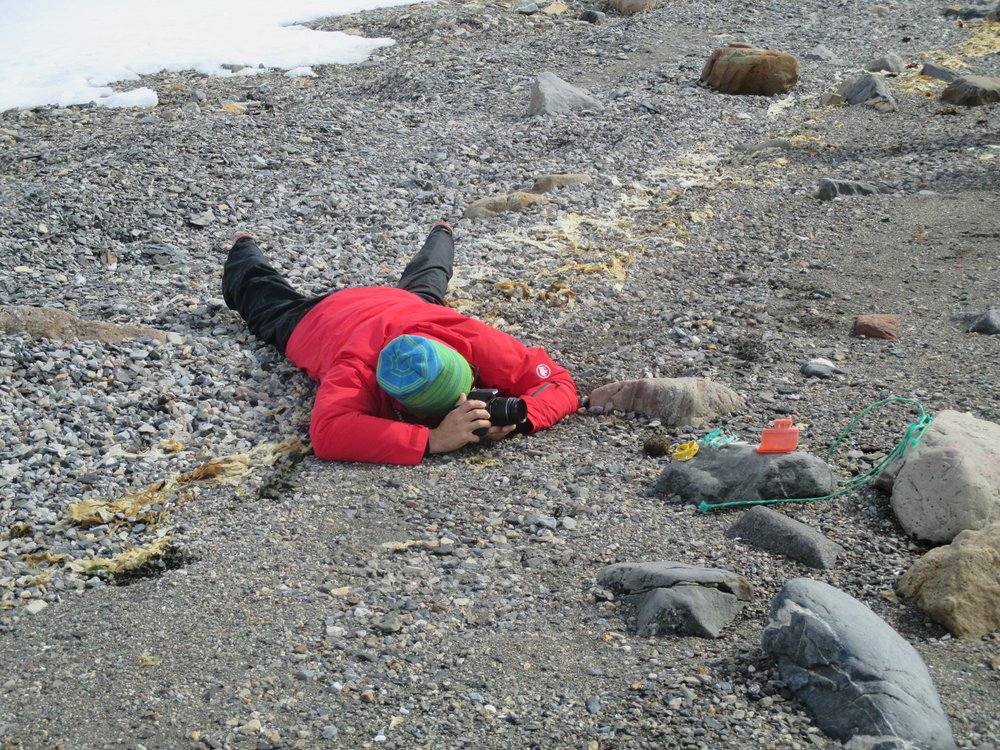Housekeeping
I’d like to think that people who eat Stone Blue chips (as I do) don’t throw the packaging overboard or out the window of a speeding car. But it seems they do. I picked up the wet and silt covered bag along with an empty Gatorade bottle, a plastic coffee container and other stuff that littered the Tivoli landing. The debris washed up on shore shook me and made it near impossible to get my boat into the water. I spent twenty minutes picking up trash before I could slide my kayak into the water on my first paddle of 2017.
In spring, snow melts and the roadsides are revealed for what they are: dumping grounds for people’s stuff. Some is overt, like the trash bag tossed that then bursts or is torn apart by a hungry raccoon. But most are items casually flung from a car window. I like to undertake a thought experiment: I picture myself sailing down the road in my Subaru and I toss a Ginger Ale can from the window. I can’t do it, even in my imagination.

I’d like to think that people who eat Stone Blue chips (as I do) don’t throw the packaging overboard or out the window of a speeding car. But it seems they do. I picked up the wet and silt covered bag along with an empty Gatorade bottle, a plastic coffee container and other stuff that littered the Tivoli landing. The debris washed up on shore shook me and made it near impossible to get my boat into the water. I spent twenty minutes picking up trash before I could slide my kayak into the water on my first paddle of 2017.
In spring, snow melts and the roadsides are revealed for what they are: dumping grounds for people’s stuff. Some is overt, like the trash bag tossed that then bursts or is torn apart by a hungry raccoon. But most are items casually flung from a car window. I like to undertake a thought experiment: I picture myself sailing down the road in my Subaru and I toss a Ginger Ale can from the window. I can’t do it, even in my imagination.
In the same way that our careless ways are revealed to us in the roadside so too does the river tell our dirty story. Stuff collects under the ice, in the snow that laces the edge of the river. Released, it travels about, along with logs and sticks, stumps that have floated free from land. There’s no other way to say it: yesterday the river was a chocolate mess.

There’s something invigorating about this mess: I have something to do. It was Marjory Stoneman Douglas who wrote “It is a woman’s business to be interested in the environment,” she wrote. “It’s an extended form of housekeeping.” She wrote The Everglades: A River of Grassin the Rivers of America series, transforming the way people view this land from a treacherous miasmic swamp to a beautiful river of grass.
And I hate to say it, but in my case, she’s right: I love picking up garbage. One minute the shoreline is littered, then it is clean. My work is fast and obvious. In this political climate having that sense of small accomplishment seems essential, gives me energy to embark on the larger house cleaning issues.
As my friend Kate and I paddle the river south, past Magdalen Island, then Cruger and into the South Tivoli bay I see the Cormorants V-ing north along the river, I see the Osprey perched on the channel marker. I delight in the Green-winged Teal that flushes when we enter the Bay. But I also take note of the plastic barrel, the Styrofoam, the jugs and buckets bobbing about in the water, the logs that I must miss lest then flip me over.
I can’t wait to get out and sweep these things out of the river. And so I look forward to Riverkeeper Sweep, now in its 6th year. On May 6, thousands will take to the shoreline picking up trash. We’ll all be house keeping the earth. In Tivoli we’ll be tidying our shoreline. Come join us—surprise yourself with how satisfying a clean house is.
Arctic Garbage

The beach where we landed was small gray pebbles, leading into a long bank of soft, grainy snow. The 26 artists with whom I was travelling (with The Arctic Circle) then all went about experiencing the Arctic: taking photographs, recording sounds, digging in the snow, lying in the snow, drawing, and writing. There was Bogdan Luca, gathering the few pieces of plastic that littered the shore. He placed them together, took photographs. I pocketed the two pieces I found—a green plastic cap and a hefty piece of white plastic. Both fit neatly in my pocket. I thought of the bags and bags of garbage I haul out of the Tivoli Bay on the Hudson River, and this seemed nothing. But it also felt too much: should this landscape not be pristine?

And I thought of the ways that picking up garbage is like birding. The more you look for birds, the more you see. It’s like playing Russian dolls with the natural world. And, once you start spotting garbage, you see it everywhere. At the next landing, all I could see was the plastic left behind or dumped overboard, and washed ashore.

The plastics I gathered will be taken back to Longyearbyen and there, I am told, an artist will create something with these bags of stuff brought back from travelers around the island of Spitsbergen. I look forward to what is created from what is not wanted.
